EASY JAMS, CHUTNEYS AND PRESERVES
ABOUT THE AUTHORS
Val and John Harrison live in the north-west of England. They grow their own fruit and vegetables on two allotments which provide the ingredients for the homemade jams, chutneys and preserves they have enjoyed making for over 30 years. John runs two popular websites
www.lowcostliving.co.uk and
www.allotment.org.uk and is the author of three bestselling books in the
Right Way series:
Vegetable Growing Month by Month, The Essential Allotment Guide and
Low-Cost Living.
Constable & Robinson Ltd
3 The Lanchesters
162 Fulham Palace Road
London W6 9ER
www.constablerobinson.com This edition published by Right Way,
an imprint of Constable & Robinson, 2009 Copyright Val and John Harrison, 2009 The rights of Val and John Harrison to be identified as the authors of this work have been asserted by them in accordance with the Copyright, Designs & Patents Act 1988. All rights reserved. This book is sold subject to the condition that it shall not, by way of trade or otherwise, be lent, re-sold, hired out or otherwise circulated in any form of binding or cover other than that in which it is published and without a similar condition including this condition being imposed on the subsequent purchaser. A copy of the British Library Cataloguing in Publication Data is available from the British Library ISBN: 978-0-7160-2225-1 Printed and bound in the EU 1 3 5 7 9 10 8 6 4 2
CONTENTS
INTRODUCTION
In an age when most things are available straight off the supermarket shelf at a low price, you may wonder why it is worth the bother of making your own.
After all, you can pick up a jar of jam or pickle easily enough in any supermarket. Well, just try to pick up a jar of chilli jam that adds both bite and sweetness to a cheese sandwich or lemon and mustard seed chutney to accompany grilled fish. Commercially produced preserves always taste the same. Theyre working to absolutely standardized recipes: recipes that have been tried and tested to have the most appeal to the average consumer. Perhaps your taste is different from that of the average consumer in the focus group tested. Perhaps you want something a little different, a little spicier or fruitier.
When you make your own you can have what you want. With homemade preserves there is a certain amount of guesswork and instinct involved that improves with practice. It really is an art as much as a science. One of the joys of homemade is that element of luck. To be truthful, sometimes the results are just fair but sometimes your own preserves are absolutely wonderful. Its the difference between blended Euro-plonk wine and chateau bottled.
One is always the same and acceptable but only the handmade is ever truly great. Well, weve been making jams, chutneys and preserves at home for thirty years and our reasons for doing so are as valid today as when we started. The first reason is simply quality. Yes, you can buy good quality products but you have to look hard and long to find shop stocked preserves that are nearly as good as those you will make at home. You are in total control of the ingredients and, for example, there is a difference in flavour between E331 sodium citrate and lemon juice in flavour even if they do the same job of providing acidity. The second reason is cost.
Often the base of our own product has cost nothing. A pleasant day blackberry picking results in pounds of jam for just the cost of the sugar; our pickled onions have cost little more than the vinegar, since we grow our own onions; and you cant even buy crab apples that our decorative tree donates in huge quantities for free each year. The third reason is choice and individuality. When you buy from a shop, not only are you limited to what they stock but the products they do stock have been developed to please an average palette. Your own tastes will differ and you can cater for yourself. If you like a bit of zing in your pickle you can add a chilli; if you like a lot you can add three.
Its all a matter of what you like, not what is most acceptable to the average consumer. The last of our reasons is definitely not least. Its fun and amazingly satisfying to make something yourself. Something unique and wonderful. To some degree it is, of course, a scientific process and when you start out its best to stick exactly to the recipe but, as your skills and feeling for what you are doing develop, you begin to create your own recipes. You build on your understanding of the processes involved to become truly creative.
Just in the same way that an artist will learn his craft, how to mix paints and stretch a canvass before creating a great painting, you learn the basics of the craft before making it into an art. There are times when you will make mistakes and the end result will not be quite what you hoped or expected but nothing ventured, nothing gained. We honestly cannot think of a failure weve made that hasnt still been very palatable or at least acceptable. Before you start, its worth getting an exercise book and keeping a record of your preserves. Note down the recipe you use and what the final result was like. With chutneys where the full flavour isnt apparent immediately because they often take two or three months to mature, a note of what you did is really useful on the day you open the jar and taste the contents.
Perhaps the flavour is a little mild or perhaps too hot but you will know next time from your little recipe book and notes. If you get the home preserving bug, and we hope you do, then you will end up with more than you can eat at home, unless you have a very large family. The good news is that your homemade preserves make fantastic presents. One Christmas we found ourselves unusually well off and decided it was time we gave the family proper shop bought gifts. Well, we spent quite a bit of money and thought quite hard about what we picked for people only for them to be received with faint polite smiles. Then came the question, Have you stopped making chutney? We think that speaks for itself.
One development since we started making our own preserves is that computers are more common now than telephones were then. Using a desktop publishing program you can easily create great labels for your products. Youve always needed to note whats in the jar and importantly when it was made but now you can make it attractive as well. Incidentally, youll see in the recipes we recommend that you label the jars when fully cooled. There is a reason for this. We found that if you label the jars when hot the adhesive melts and the labels fall off.
The recipes in this book have been picked up over the years from books, magazines and, of course, friends and family and have been altered to suit our tastes. As we said before, dont be afraid to change things to suit your tastes once you have gained confidence.  Fig. 1. Label for chilli jam. Were a little old fashioned and work in proper pounds and ounces rather than decimal currency however weve put the equivalent metric measures that will not affect the balance. Work in one system or the other dont mix pints and kilograms in the same recipe or things will go wrong.
Fig. 1. Label for chilli jam. Were a little old fashioned and work in proper pounds and ounces rather than decimal currency however weve put the equivalent metric measures that will not affect the balance. Work in one system or the other dont mix pints and kilograms in the same recipe or things will go wrong.
It is the proportion of the ingredients to each other that matters more than the specific quantities. An imperial teaspoon (abbreviation tsp) is a 5ml level measuring spoon and a tablespoon is a level 15ml metric measuring spoon. Weve put a conversion chart at the end so you can convert any recipes you find, even American ones. There are a lot of good (and some terrible) recipes out on the web but youll find that our own website at


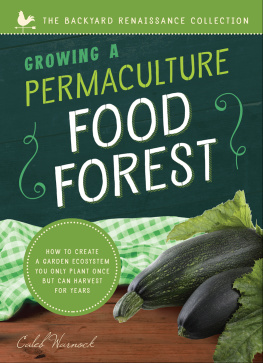
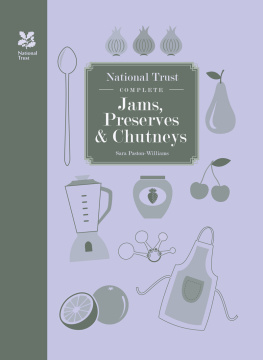
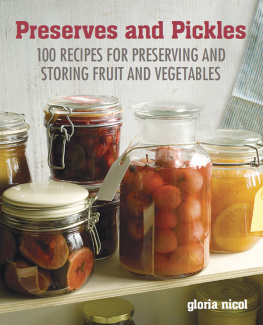
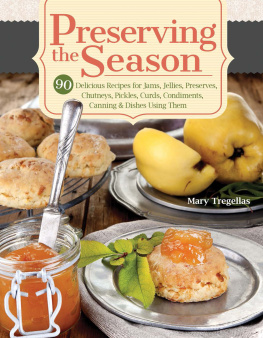
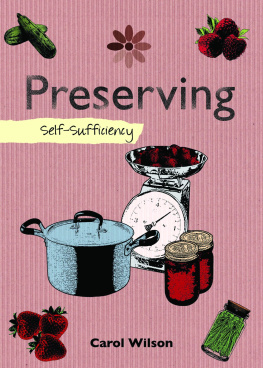


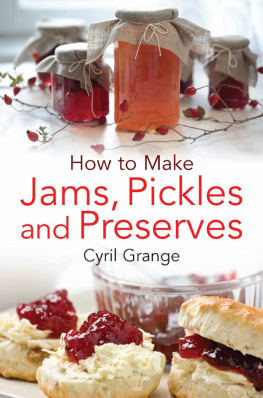
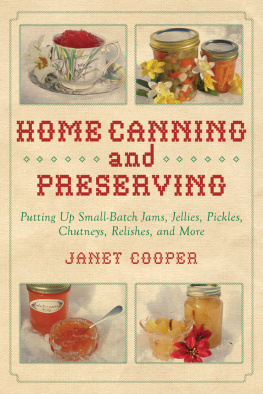


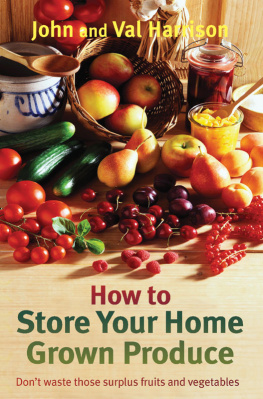
 Constable & Robinson Ltd
Constable & Robinson Ltd Fig. 1. Label for chilli jam. Were a little old fashioned and work in proper pounds and ounces rather than decimal currency however weve put the equivalent metric measures that will not affect the balance. Work in one system or the other dont mix pints and kilograms in the same recipe or things will go wrong.
Fig. 1. Label for chilli jam. Were a little old fashioned and work in proper pounds and ounces rather than decimal currency however weve put the equivalent metric measures that will not affect the balance. Work in one system or the other dont mix pints and kilograms in the same recipe or things will go wrong.